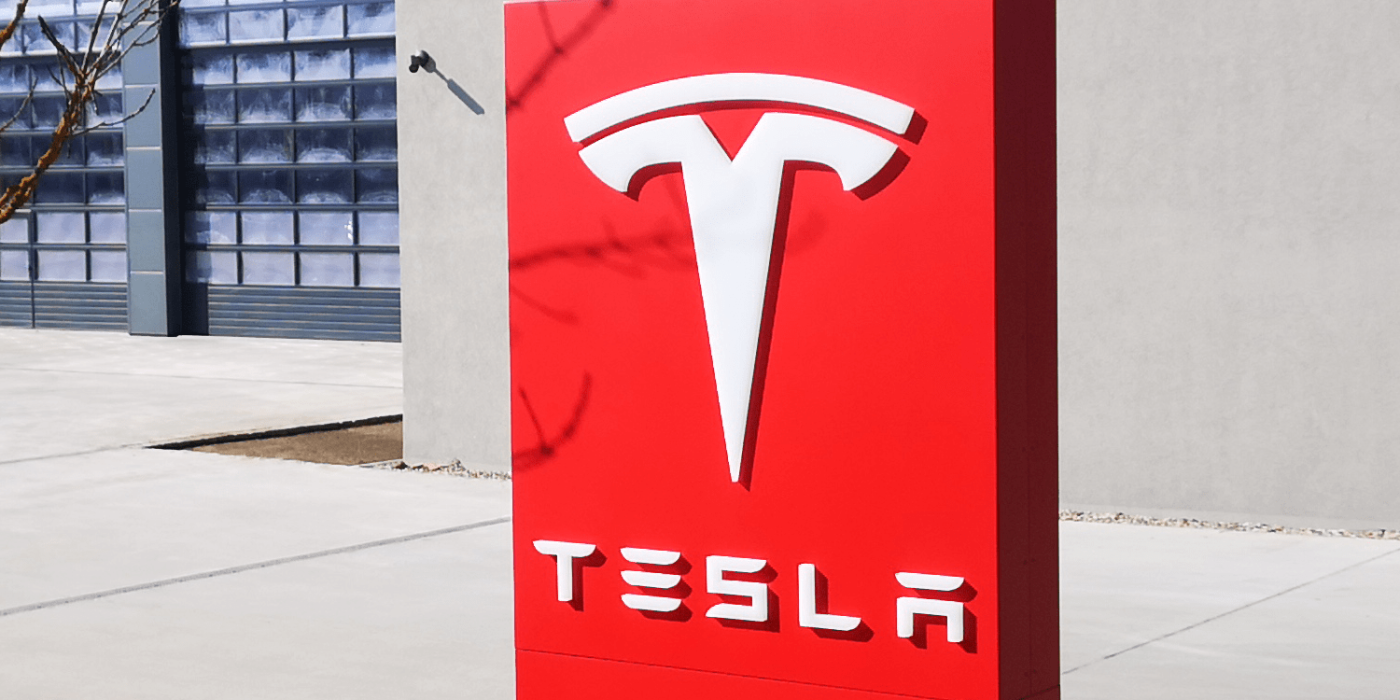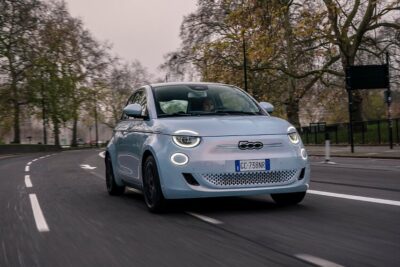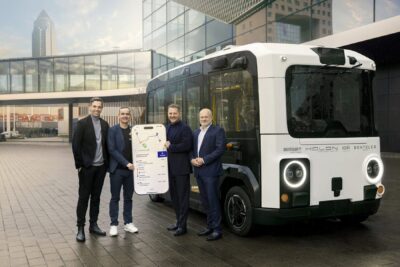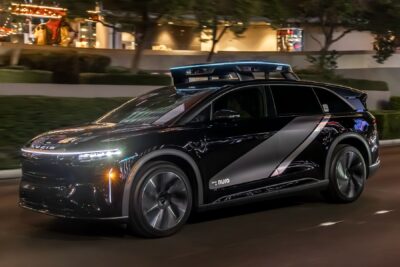Tesla gains ground with double-digit Q3 margin
About two weeks Tesla presented its long-announced robotaxi, the Cybercab, however, the presentation disappointed many observers with its strangely far-from-production science fiction aura. Regardless, the current Q3 showdown proved a contrast: the annual report for the third quarter shows that Tesla is attempting to make up ground, as the business has struggled with having been a sure-fire success as it was in the past two or three years, particularly in view of the global decline in demand for electric cars and increasing competition from China. Internally, this is compounded by an ageing model range. Tesla has repeatedly stated that the next wave of growth will take time. The company is bridging the current stagnation phase with, among other things, more variants of the Model 3 and Model Y – as well as with a cost-cutting programme including huge job cuts at the beginning of the year.
Both issues are gradually being reflected in the balance sheets: Tesla is managing to regain ground: The annual report shows 25.2 billion dollars in sales (+8% YoY) and 2.17 billion dollars in profit (+17% YoY) for the third quarter.Tesla thus achieved the second-best sales result, only the previous quarter was higher (Q2/2024: 25.5 billion dollars). With the exception of a few slip-ups, however, the electric car manufacturer has recently climbed into these sales regions more frequently. Only the bottom line has always been less than in the successful phase of the 2021 and 2022 quarters. This makes it all the more surprising that Tesla once again generated a profit of 2.17 billion dollars between July and September and achieved a margin of 10.8 per cent. The last time this was in double digits was a year and a half ago in Q1 of 2023.
Strong revenue from CO2 certificates
What is striking in the balance sheet is that Tesla’s non-automotive divisions are doing well. While the automotive sector contributed 20 billion dollars to turnover in the third quarter and thus grew only minimally (+2% YoY), the energy business (+52% YoY) and the service sector (+29% YoY) grew disproportionately. It has been clear for several quarters now that these two areas are still narrow but stable pillars. Another reliable item is the revenue from the sale of CO2 certificates (‘regulatory credits’), which brought Tesla almost three-quarters of a billion (739 million dollars) in Q3. Only in Q2 of 2024, it was more (890 million dollars). Meanwhile, the Supercharger network expanded by 2,800 charging stations between July and September, which corresponds to growth of 22 per cent compared to the previous year.
Tesla also cites the reduced manufacturing costs per vehicle as the basis for the rising financial figures. These are available at their lowest level of around 35,100 dollars. Another driver of the upward trend is the rising number of car deliveries, however, despite falling average vehicle prices, which Tesla has been deliberately pushing down for some time through its pricing and discount campaigns in order to boost sales.
Cybertruck is reportedly right behind the volume models
After a dry spell, Tesla achieved higher production and delivery volumes in the third quarter: After just under 410,000 Teslas built in the second quarter, there were now almost 470,000 new electric cars produced in three months. At the same time, almost 463,000 units were delivered. Compared to Q2, this represents an increase of 14.3 per cent in production and 4.3 per cent in deliveries. Furthermore, the figures again exceed the production and delivery figures from 2023. The majority of the growth was attributable to the Model 3 and Model Y duo, but other models also saw a slight increase. As the company previously announced, Tesla is not splitting the model series any further. Concerning the Cybertruck, the company emphasises that it was Tesla’s third best-selling electric vehicle in the US in the third quarter – behind the Model Y and Model 3.
In its quarterly factory update, the Texas-based company also commented that the ramp-up of the revised Model 3 in the USA is progressing and that higher overall production and lower manufacturing costs were realised in the third quarter. Additionally, it was said that: Cybertruck production increased and achieved a positive gross margin for the first time. According to Tesla, the Shanghai plant has also achieved the lowest manufacturing costs per vehicle ever. Grünheide is also expected to make progress in this area.
Deliveries – slight increase expected
Another section of the annual report serves as a regular indicator of Tesla’s self-confidence: in the ‘Outlook’, the car manufacturer analyses the current industry situation and provides more or less precise forecasts. In the current report, Tesla is relatively specific: “Despite the ongoing macroeconomic conditions, we expect slight growth in vehicle deliveries in 2024.” In 2023 as a whole, Tesla produced 1,845,985 electric cars and delivered 1,808,581 of them to customers. According to this statement, however, big leaps such as were seen in the past are not to be expected. Some time ago, Tesla was still hoping to deliver 50 per cent more cars on average over several years. These times are over in the current stagnation phase. The next wave of growth will only be initiated “through advances in autonomy and the introduction of new products, including those based on our next-generation vehicle platform.”
In terms of new products, Tesla confirmed the start of production for its early new models (including more affordable models) for the first half of 2025. These will utilise aspects of the next-generation platform as well as aspects of the current platforms and can be produced on the same production lines as the current vehicle range. Tesla also estimates that production of the Semi electric truck will begin at the end of 2025.
Robotaxi to launch with “most efficient powertrain yet”
The robotaxi presented this month is expected to be launched on the market in 2026 – even if company boss Elon Musk himself expressed slight doubts about this optimistic timetable at the presentation on 10 October.
In the ‘Outlook’ section of the Q3 report, Tesla confirms that the Cybercab will be based on the next-gen platform and will have its very own production logic (‘revolutionary unboxing’ – read more here ). Tesla also serves up a rare tidbit of tech data: The Robotaxi is said to have an estimated range of 5.5 miles per kilowatt hour, the equivalent of 8.85 km/kWh. With either an 80 or 100 kWh battery, this would result in 708 or 885 kilometres respectively. Just for illustration purposes. Tesla is not yet commenting on the actual battery size. However, the manufacturer is already rejoicing that ‘this will be our most efficient powertrain to date’.





0 Comments